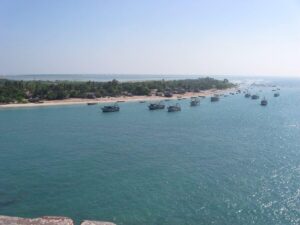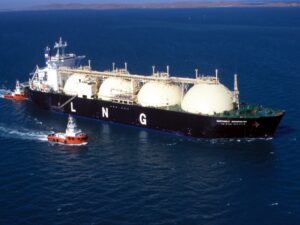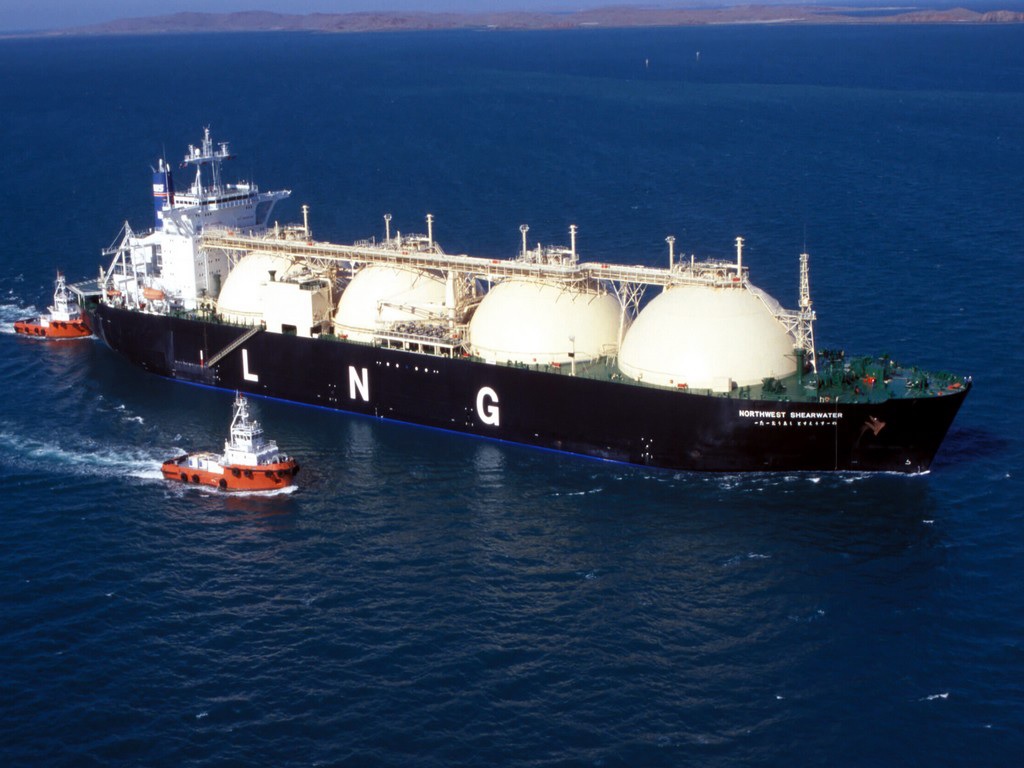Mannar Gas Developments and Interim LNG Solutions

Sri Lanka is facing delays in gas production from the Mannar Basin due to incomplete regulations and shifting political priorities. To address immediate energy needs, the government has accepted an offer from India to supply liquefied natural gas (LNG) until local gas production begins.
Last week, Sri Lanka finalized crucial regulations—the Petroleum Resources (Joint Study Agreements) Regulations No. 3 of 2024. These rules outline how companies can collaborate with the Petroleum Development Authority (PDA) on joint studies in the country’s exploration blocks. This regulatory framework, along with earlier regulations from March, now sets the stage for future gas exploration and development.
However, local gas production will take several years. In the interim, India has proposed to supply LNG through its company, Petronet LNG Ltd. (PLL). This gas will be regasified and transported to the Kerawalapitiya power plants run by LTL Holdings. This arrangement is a direct contract between PLL and LTL, and it has been approved by Sri Lanka’s cabinet.

The deal with India has political implications. Sri Lanka has previously reneged on agreements with India. For example, in 2019, Sri Lanka backed out of a deal with India and Japan to develop the Colombo Port’s East Container Terminal, citing local opposition. Similarly, a 2017 agreement to build an LNG terminal with India and Japan was also canceled.
Sri Lanka’s previous attempts to secure LNG deals have also faced setbacks. Projects with Korea’s SK E&S Co. Ltd. and the U.S. company New Fortress Energy were both dropped. The government also awarded a contract for a floating storage and regasification unit to China Harbour Engineering Company and Pakistan’s Engro Corporation but later deemed the project unfeasible.
Looking ahead, the Ceylon Electricity Board (CEB) aims for renewable energy to constitute 70% of Sri Lanka’s energy mix by 2030. Meanwhile, immediate needs include LNG for power plants with a total capacity of 665 MW from 2024 to 2026. The interim LNG supply from India is crucial to meet these short-term requirements while Sri Lanka develops its domestic gas resources.
Saliya Wickramasuriya, Chairman of the Ceylon Petroleum Corporation, noted that using local gas will be cheaper than importing LNG. However, exploring and producing domestic gas will take two to three years. In the meantime, Sri Lanka must rely on imported LNG.
There is confirmed interest from companies to conduct joint exploration studies in Sri Lanka’s offshore blocks. The PDA has been instructed to process these inquiries, with the first agreements expected to be signed within the year.
Despite this progress, some critics, like energy analyst Vidhura Ralapanawe, argue that Sri Lanka is still heavily investing in fossil fuels rather than renewable energy. The recent reduction in rooftop solar tariffs by the government could further discourage investments in solar energy, as noted by President Ranil Wickremesinghe.
The challenge remains balancing immediate energy needs with long-term sustainability goals. While the interim LNG supply from India helps address current gaps, Sri Lanka’s future energy strategy must align more closely with renewable energy objectives to ensure a sustainable and secure energy future.







